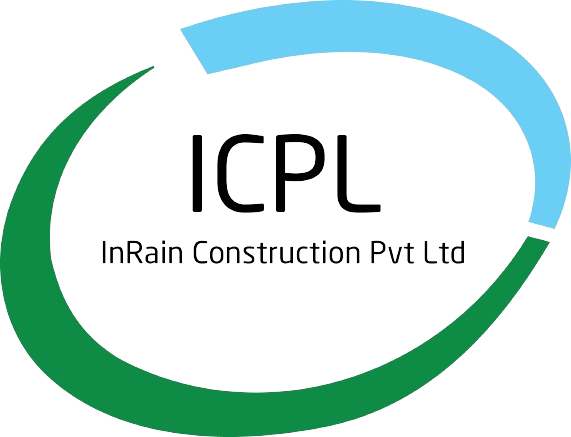
Stormwater Management in India
In our rapidly urbanizing world, Stormwater Management is a critical concern. With the increasing frequency and intensity of storms due to climate change, effective stormwater recharge and management are essential to prevent flooding, maintain water quality, and sustain ecosystems. This article delves into the various aspects of stormwater recharge and management, from its significance to best practices for implementation.
The Growing Concern of Stormwater
Stormwater, also known as runoff, is water that results from precipitation events like rain or snowmelt. In urban environments, this water often flows over impervious surfaces such as roads and rooftops, picking up pollutants and causing erosion. If left unmanaged, it can lead to severe flooding and environmental degradation.
Significance of Stormwater Management
1. Mitigating Flooding:
One primary purpose of stormwater recharge is to reduce the risk of flooding in urban areas. By allowing stormwater to be absorbed into the ground, we can decrease the volume of water that flows over surfaces, preventing inundation during heavy rains.
2. Preserving Water Quality:
Stormwater often carries contaminants like oil, chemicals, and sediments. Effective recharge systems filter and treat this water, improving its quality before it replenishes aquifers or natural water bodies.
3. Restoring Aquifer Levels:
Recharge helps replenish underground aquifers, ensuring a sustainable source of freshwater. This is vital, especially in regions facing water scarcity.
Implementing Stormwater Management Systems
1. Permeable Pavements:
The use of permeable materials in pavements allows water to seep through, reducing runoff and facilitating recharge.
2. Rain Gardens:
Rain gardens are designed to capture and filter stormwater, promoting infiltration while adding greenery to urban spaces.
3. Detention Basins:
Detention basins temporarily hold stormwater, allowing sediments to settle and excess water to gradually recharge the ground.
4. Infiltration Trenches:
Trenches filled with gravel or other porous materials provide pathways for stormwater to percolate into the soil.
For whom do stormwater recharge and management benefit?
1. Urban Residents:
People living in Indian cities and towns will benefit from improved stormwater management as it reduces the risk of flooding during monsoon seasons, which can damage homes and disrupt daily life.
2. Environmental Enthusiasts:
Those who are passionate about preserving the environment will find value in learning about stormwater recharge techniques that help protect local ecosystems and water bodies from pollution.
3. Municipal Authorities:
Local government officials and urban planners will gain insights into effective stormwater management practices, helping them make informed decisions on urban development and infrastructure.
4. Civil Engineers and Planners:
Professionals in the field of civil engineering and urban planning will find valuable information on stormwater recharge systems and how to implement them in Indian cities.
5. Water Conservation Advocates:
Individuals and organizations focused on water conservation will appreciate the significance of stormwater recharge in replenishing aquifers and addressing water scarcity challenges in India.
6. Community Leaders:
Leaders within Indian communities can use this information to educate and engage their constituents in sustainable stormwater management practices, making their localities more resilient to flooding.
7. Educational Institutions:
Schools and colleges can use this article as an educational resource to teach students about the importance of stormwater recharge and environmental sustainability.
8. Non-Governmental Organizations (NGOs):
Organizations dedicated to environmental conservation and sustainable urban development can use this information to support their initiatives and advocate for better stormwater management practices.
Challenges in Stormwater Recharge
While stormwater recharge is crucial, it faces challenges such as limited space in urban areas, soil conditions, and maintenance requirements. These challenges call for innovative solutions and informed urban planning.
Conclusion
In the face of climate change and urban expansion, stormwater recharge and management are essential for safeguarding our cities and the environment. By implementing sustainable practices and educating communities, we can mitigate flooding, preserve water quality, and ensure a steady supply of freshwater.
FAQs
1. Why is stormwater recharge important?
Stormwater recharge is important as it helps prevent flooding, maintains water quality, and replenishes aquifers, ensuring a sustainable source of freshwater.
2. What are the primary methods of stormwater recharge?
Common methods include permeable pavements, Bioretention, detention basins, and infiltration trenches.
3. Are there challenges associated with stormwater recharge?
Yes, challenges include limited urban space, soil conditions, and ongoing maintenance requirements.
4. How does stormwater recharge benefit the environment?
Stormwater recharge benefits the environment by reducing flooding, improving water quality, and supporting natural aquifers.
5. How can communities contribute to stormwater management?
Communities can contribute by adopting sustainable practices, such as bioretention and permeable pavements, and by promoting awareness of the importance of stormwater recharge.

September 30, 2023
Rainwater Harvesting System: Supercharge Your Life to Sustainable Living

October 05, 2023
Advancing Sustainability with Modular Rainwater Harvesting

November 01, 2023
Rainwater Harvesting System for Roof Top - Effective Water Solutions
Our Happy Clients
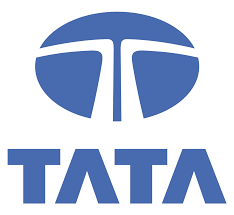
TATA

PEPSICO

HONDA

SMART CITY KARIMNAGAR

DELHI DEVELOPMENT AUTHORITY

PRADHANMANTRI SANGRAHALAYA
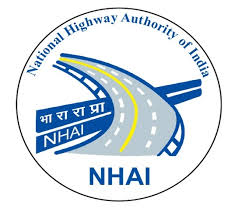
NHAI
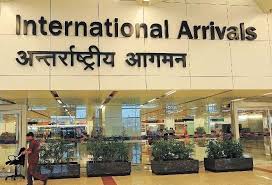
INTERNATIONAL ARRIVALS
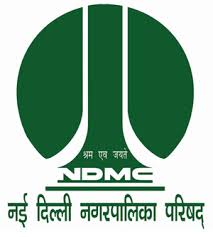
NDMC

HINDUSTAN UNILEVER

CPWD

PWD

LARSEN & TOUBRO

MARATHON ELECTRIC
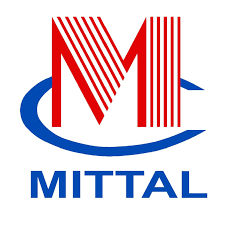
MITTAL CONS.

GMDA

FUJITA

BROOKFIELD PROPERTIES

DENSO

GLS

CBRE

SMC

SUPREME PIPES

AHRESTY

V3





